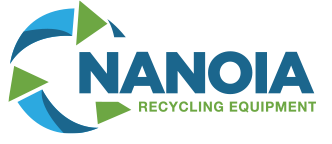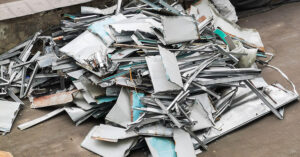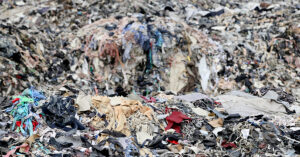In Long Island’s diverse business landscape, effective waste management is not just a necessity – it’s a key to sustainability and operational efficiency. One of the most crucial tools in this endeavor is a baler.
But how do you choose the right one for your business? This guide walks you through everything you need to know about selecting the perfect baler to meet your Long Island business’s specific needs.
Understanding Balers and Their Importance
Balers are machines used to compress and bundle recyclable materials like paper, cardboard, and plastic. In Long Island, where businesses strive for efficiency and environmental responsibility, balers are indispensable. They help reduce waste volume, lower disposal costs, and streamline the recycling process.
Step 1: Assess Your Waste Output
Start by evaluating the amount and type of waste your business produces. Long Island businesses, ranging from retail and hospitality to agriculture and manufacturing, each have unique waste profiles. Understanding your waste output will help determine the size and type of baler you need.
Step 2: Consider Space Constraints
Space is a premium commodity in Long Island. Assess the space you can allocate for a baler. Vertical balers, for instance, are ideal for businesses with limited space, whereas horizontal balers suit larger facilities with high volumes of waste.
Step 3: Know Your Materials
The type of material you need to bale is crucial in selecting a baler. For example, cardboard and paper require different baler specifications than plastics or textiles. Make sure the baler you choose is suitable for the materials your business commonly handles.
Step 4: Evaluate Baler Features
Look into specific baler features that can enhance your waste management process. Key features might include:
- Bale size and weight: Determines how easy it is to handle and transport the bales.
- Cycle time: Affects how quickly materials can be processed.
- Safety features: Essential to protect your staff during operation.
- Ease of use: Ensures your team can efficiently operate the baler.
Step 5: Consider Operational Costs
Beyond the initial purchase, consider the operational costs of running a baler. This includes maintenance, repairs, and energy consumption. Opting for a baler with a strong track record of reliability and efficiency can lead to long-term savings.
Step 6: Compliance with Regulations
Long Island has specific waste management regulations. Ensure the baler you choose complies with these local regulations, particularly those related to recycling and waste handling.
Step 7: Partner with a Reputable Supplier
Choosing a reputable supplier is as important as selecting the baler itself. Look for a supplier with experience in Long Island’s waste management landscape, like Nanoia. They can provide invaluable insights, ongoing support, and maintenance services.
Selecting the right baler is a significant decision for your Long Island business. It’s about improving efficiency, reducing costs, and contributing to a more sustainable environment. With the right baler, you can streamline your waste management process and focus on what you do best – running your business.
Ready to find the ideal baler for your Long Island business? Contact Nanoia today for expert advice and tailored solutions.






